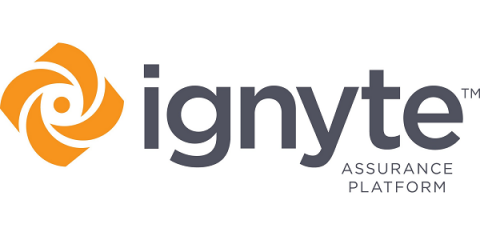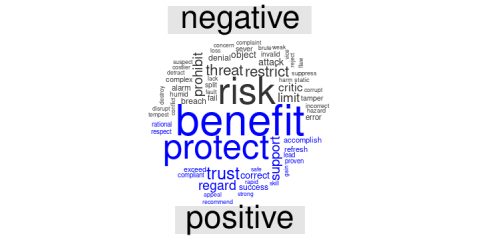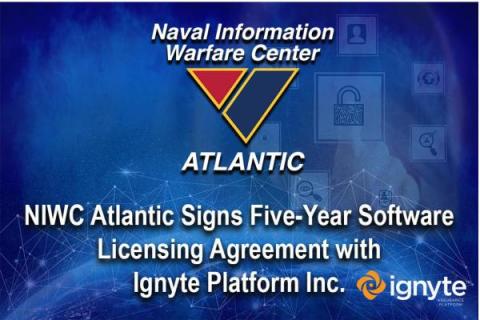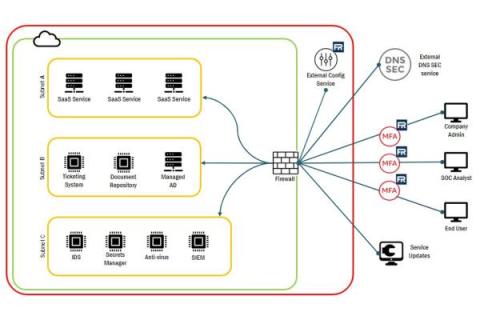SSP and CMMC: Why You Need a SSP for Compliance
Compliance with federal cybersecurity guidelines is three things: It’s also a very complex set of rules, guidelines, and standards that address everything from the physical security of your servers and network access to the training your employees receive. On top of that, it’s packed full of acronyms and definitions, all of which have specific meaning. SSP is one of them; it’s a critical document you need to win contracts with the government and is part of the CMMC.







